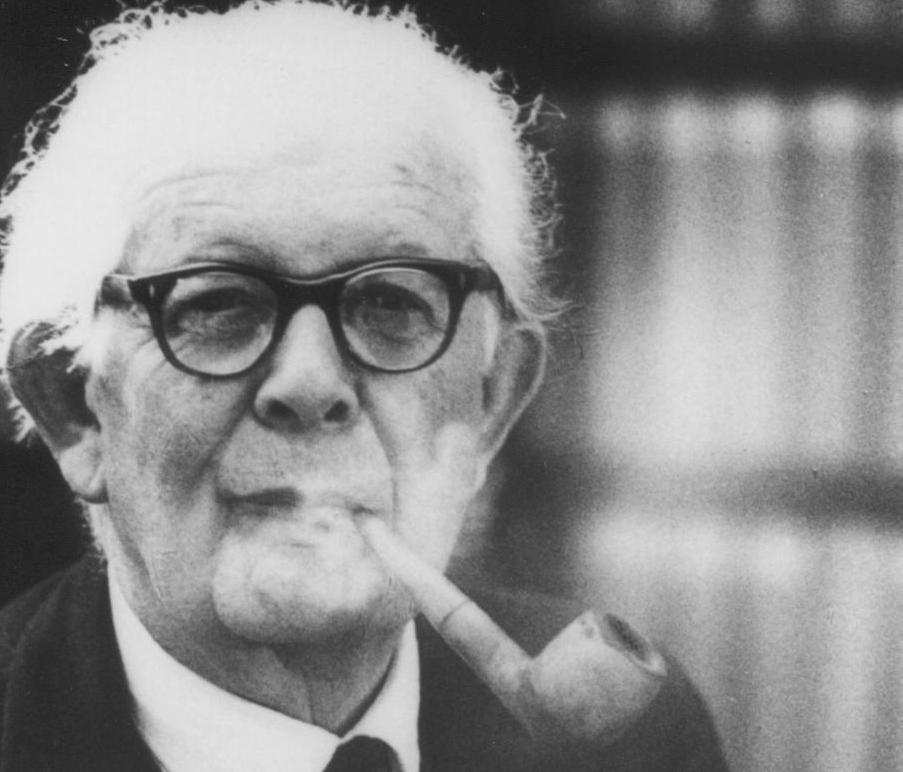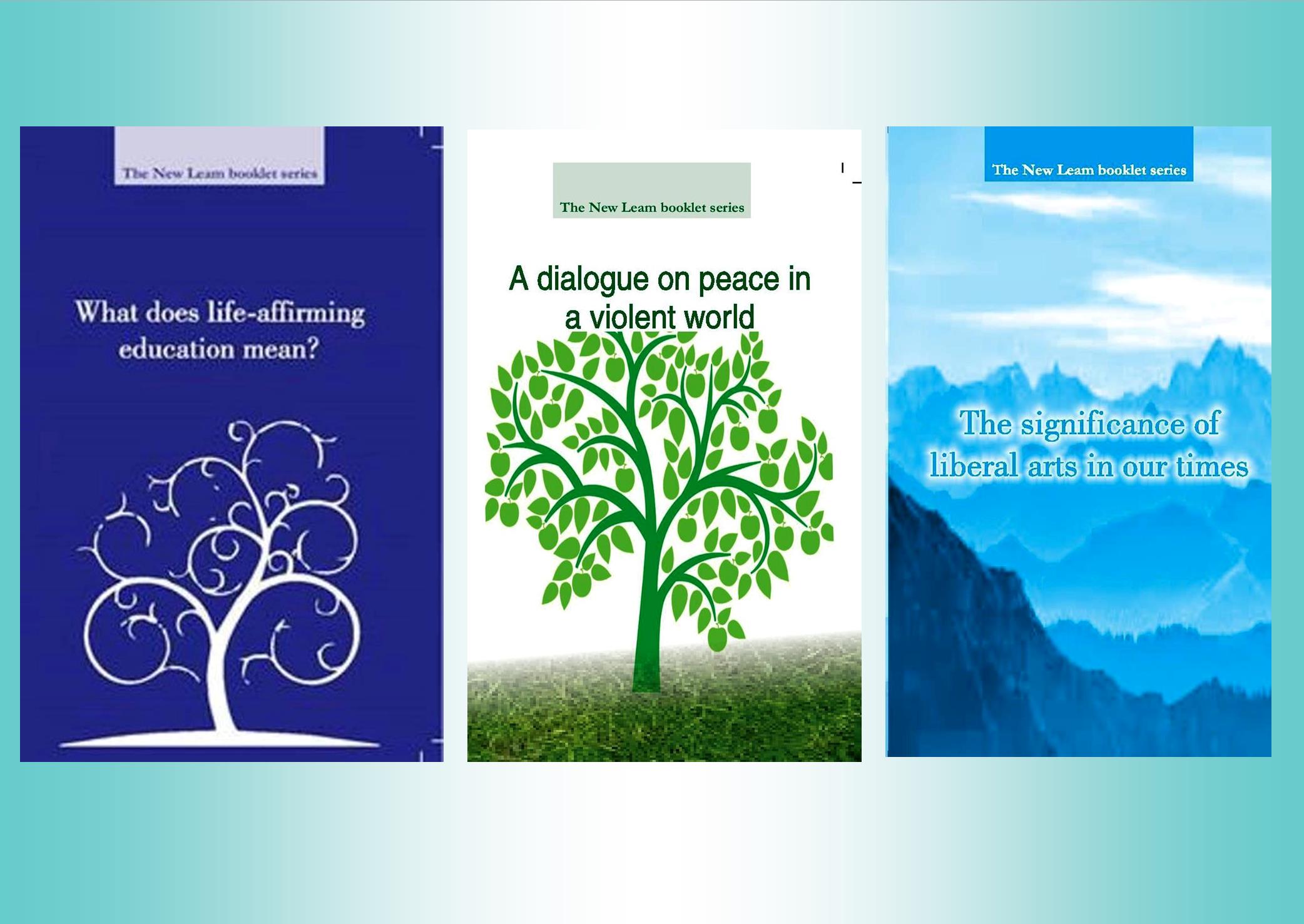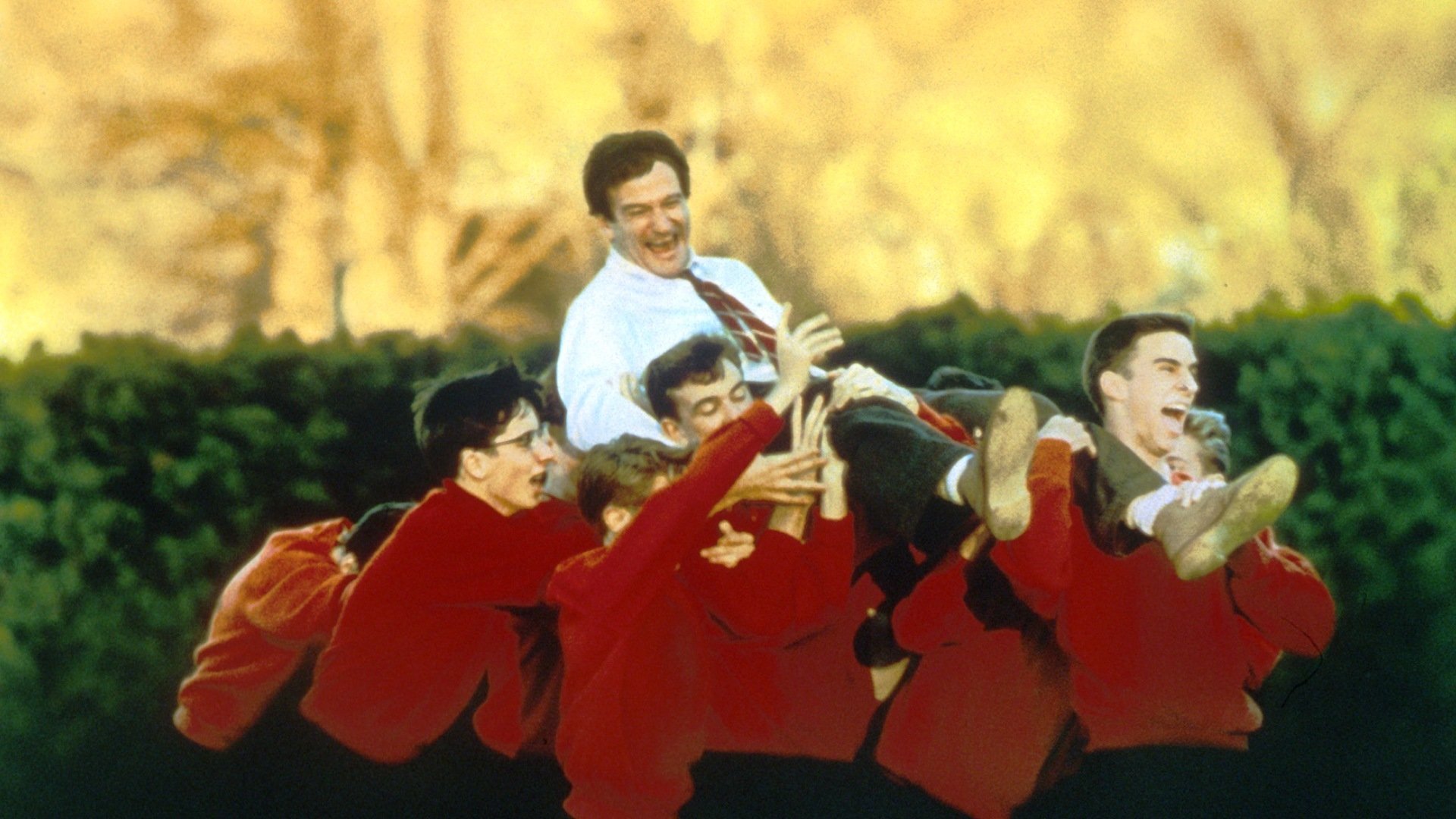Towards the Person- centered Approach
A young teacher-educator draws her inspirations from Carl Rogers, and shares her pedagogic experiences – how an environment of nurturance and love can make the classroom a site of mutual growth for both students and teachers.
By Priyanka Padhy
As a Teacher Educator, when I attempt to pen down what the challenges of educating the educators are, a flurry of thoughts cross my mind. A multitude of issues compete for the top spot and I find myself surrounded by varied socio-economic, geo-political and psycho-social webs. From among these criss-crossing threads that make up the fabric of Teacher Education, I shall attempt to extricate a few strands from the most immediate realm, that of the interpersonal relationship between the facilitator and the learner. As a teacher educator continually inspired by the person-centered approach to education, negotiating this space seems to me the central challenge of being an educator.
As a young Teacher Educator, all my lofty ideas about ‘becoming a teacher’ were dashed quite early when I read Carl Rogers’ essay The Interpersonal Relationship in the Facilitation of Learning, in which he begins by making a statement : “Teaching is, for me, a relatively unimportant and vastly overvalued activity”(p.119) . Rogers had earlier written in Personal Thoughts on Teaching and Learning that, “It seems to me that anything that can be taught to another is relatively inconsequential and has little or no significant influence on behavior” (p.276). Although initially dismayed, I recovered as I read on. It soon became clear that what Rogers found unimportant and overvalued is how ‘teaching’ is typically defined, that is, ‘to show, guide, direct’. As he saw it, too many people have been shown, guided and directed. Rogers argued that in a world that is continually changing and where all ‘given’ knowledge is bound to become outdated shortly; this attempt at ‘teaching’ is futile in the long run.
His student-cantered approach to teaching postulates that the goal of education is the facilitation of change and learning. Rooted in an optimistic model of human nature posited by Humanistic Psychology, this approach believes that given a facilitative environment, all individuals can move towards fulfillment of their potential, become ‘fully-functioning’ and self-directed towards their own learning. In sum, the role of educators is to provide a nurturing, facilitative climate in the classroom where learners may indulge in self-appropriated learning that they deem relevant to the problems of their lives. Drawing a parallel between Psychotherapy and Education, Rogers suggested that the teacher would use himself and his experiences as a resource, inviting the students to call upon this experience, while remembering that the students are “in real contact with life’s problems, wish to learn, want to grow, seek to find out, hope to master and desire to create” (p. 289).
Although it was very different from the teaching I had largely experienced myself as a student, this view of teaching appealed to me greatly as an educator and I have found it to be continually challenging and empowering. In explaining how the relationship between the facilitator and the learner becomes the pivot on which significant learning rests, Rogers furthered the parallel between Psychotherapy and Education as he outlined the ‘conditions of learning’ or the ‘attitudinal qualities that facilitate learning’. Specifically, he describes three qualities that facilitate the much desired “self-motivated, self-actualising, significant and experiential ‘gut level’ learning by the whole person”. These are Realness, Positive Regard and Empathy.
Over the past few years, I have attempted to imbibe these three attitudinal qualities in myself and imbue them in the student teachers I teach. It stands to reason that as an educator of educators, the attitudinal qualities that I show in my relationship with my students will serve as a model for the relationships they forge with their students in the future. I will now attempt to explain the challenges inherent in adopting these three seemingly simple attitudinal qualities that establish the right conditions for learning.
- Realness
The idea of realness flows from Congruence. Congruence refers to an accurate matching of experience and awareness. This means that the feelings that the facilitator is experiencing are available to her awareness, she is able to take ownership of them and express them, if appropriate. This leads the teacher to be the real person she is, in her relationship with her students, without presenting a front or a façade. It also requires the teacher to honestly communicate feelings of happiness, sadness, anger and disappointment to her learners, without hiding behind a professional veneer. Such a teacher is “a person, not a faceless embodiment of a curricular requirement or a sterile pipe through which knowledge is passed from one generation to another.” (Rogers 1961; p.287)
Both as a student as well as an educator, this tenet made intuitive sense to me and as far as my understanding went, I interacted with my students as ‘really’ as I could. However, there was something that a student said by chance that opened my eyes as to how difficult it was being ‘real’ to one’s learners. I was accompanying my fourth year students, a group of student teachers, on a study tour. After a few days of intensive collaborative work inside the school we were visiting and spending countless hours in conversation with them, I was greatly struck when one of the students shared the following during one of the sessions, “We have spent so much time with our teachers on this tour, and even had food with them. It has made me realise that after all our teachers are human beings too.”
Although we laughed at this, it stayed with me. I realised that even a group of students I had taught over the years and was proud of having a wonderful, honest relationship with, felt that I was something more (or less!) than human. While I have striven to be genuine and have presented the ‘real me’ to my students, they still find it difficult to see me as a person, a person beyond the ‘teacher’ they know.
Deeper reflection on this helped me to understand which aspects of ‘realness’ were proving to be particularly challenging. As a student I had often experienced that many genuine exchanges between students and teachers got punctuated by the ‘real’ person suddenly and defensively turning into a ‘teacher’ in response to students’ comments, questions or requests. The real challenge of ‘realness’ is to acknowledge that both students and educators may be carrying the baggage of the conventional student teacher dynamic. Personally, this was an opportunity for me to introspect and identify when I use my being a teacher as a reason to relapse into exercising my authority in a manner reminiscent of that skewed power dynamic. Further, the challenge also is to examine if as educators we are presenting our ‘whole person’ or just our intellect to our students, so much so, that it takes a simple human act of breaking bread together for them to see the real person behind the teacher.
- Positive regard, prizing and acceptance
This refers to a warm caring for the learner, prizing of her feelings, her opinions and her person. It is acceptance of the individual as a separate person, having worth in their own right. Rogers uses Standal’s term ‘Unconditional positive regard’ to highlight that this kind of positive regard is completely accepting of the other without imposing any ‘conditions of worth’ on them. “It is atmosphere that simply demonstrates ‘I care’ and not ‘I care..if you behave thus and so” (Rogers 1961 ;p.283). While positive regard given unconditionally allows the individual to be their own person and express all aspects of their selves and their strivings without the fear of sanction or ridicule, attaching conditions of worth leads to the development of a complaint person, one who has shut down aspects of his self in the fear of judgement from others.
As a Teacher Educator I have often found the capacity of my students to extend themselves to their learners in warm, caring ways, extremely bracing. Many, if not most of them prize their learners, encourage their strivings, make sincere efforts to separate the behaviour from the person of their learners, rejoice at their achievements and provide succour during distress and defeat. Yet, ‘unconditionality’ presents a deeper challenge. While we may consciously proclaim all our learners equally worthy, what happens when latent prejudices colour our approach towards them?
While recounting her interaction with students of the second grade, I observed that my student alternated between using ‘Aap’ and ‘Tum’/’Tu’ for her students.[i] On closer inspection, I realised that she would use ‘aap’ in her interaction with children from the posh, South Delhi private school and ‘tum’/‘tu’ while talking to children from a government school located in a basti. When asked about this, her first response was of surprise, indicating that there was little awareness of this. The next response was to say that she felt a greater degree of closeness and familiarity with the children from the basti. It was only after careful consideration and honest reflection that she arrived at a point where she was able to say that her choice of pronouns was perhaps guided by certain tacit assumptions about the children’s social standing. Although she was not making any favourable or unfavourable assumptions about their abilities, she was responding differently to the students and considering them entitled to different levels of respect while addressing them. While this is just one example, it is not uncommon to find that teachers’ perceptions of pupils’ abilities and worth often are often linked to the backgrounds they come from. This means that factors entirely extrinsic to the child such as their socio-economic status become a measure of their inherent worth.
The challenge of unconditionality goes beyond removing conditions that are explicitly imposed on the child. It also calls for examining the subtle and insidious conditions of worth that are driven by the biases of the educators and that they may impose on their students through the ‘hidden curriculum’, unbeknownst even to themselves.
- Empathic Understanding
Rogers described Empathy as the ability “to sense the client’s private world as if it were your own, without ever losing the ‘as-if’ quality” (Rogers 1961 pp.284) In the context of education, he described empathic understanding as “when the teacher has the ability to understand the student’s reactions from the inside and has sensitive awareness of the way the process of education and learning seems to the student” (Rogers 1983; p.125). In essence, it refers to when students feel they are understood without evaluation or judgment, from their own point of view and not of the teacher’s.
This third tenet poses the highest challenge, in my opinion. By his own admission, Rogers states that “this attitude of standing in the other’s shoes, of viewing the world through the student’s eyes, is almost unheard of in the classroom.” (pp.125). While the idea can be explained in a few lines, developing empathic understanding as a person and communicating that empathic understanding in your relationship with your students is the work of a lifetime. As an educator, I find empathy to be a unique mix of a personal capacity that people possess in varying degrees and an ability that can be painstakingly cultivated over time with assiduous reflection. While many educators I have met over the years have shown great sensitivity and remarkable appreciation of the students’ positions, empathy in the classroom requires a consistency that I have rarely come across.
As I reflect on this facilitative condition, I feel that despite being a personal capacity of the person, developing empathy itself requires facilitative conditions. To use a metaphor, empathy is like a fruit that comes into fruition when the conditions are right. You have to be fruit bearing tree, but there must also be sunlight and water. The conditions, in which many educators find themselves teaching, may not be conducive to this fruition, limiting their capacity to be empathetic consistently. Increasingly hailed as one of the most demanding and stressful professions, many teachers find themselves ‘constantly trying to cope with demeaning nonteaching chores, deadening bureaucracy, piles of clerical work, inadequate facilities, and a heavy teaching load’ ( Kaufmann 1964). It must also be said that the plight of students in an increasingly competitive world is no better. In this scenario, cultivating empathy in oneself as a teacher educator and inculcating empathy in the educators of tomorrow is a challenge that requires persistent efforts and reflexivity.
In spite of the multifarious challenges presented by these three facilitative conditions, my motivation to relate to my students in a genuine, accepting and empathetic manner is rooted in my conviction that my primary role as an educator is to foster a climate wherein my students may direct themselves towards unleashing their best potential and ‘becoming themselves’. This, in turn, would help them to become teachers who support similar strivings in their students. It is also important to highlight that in the current climate of intolerance, it is imperative to give strong positive attention to the human interpersonal side of education and infuse the values of acceptance and empathy in teachers so that they may inspire the same in the next generation.
I end by quoting Rogers’ passionate appeal: “ Better courses, better curricula, better coverage, better teaching machines will never resolve our dilemma. Only persons acting like persons in their relationships with their students can even begin to make a dent on this most urgent problem of modern education.”
[Priyanka Padhy is an Assistant Professor in the Department of Elementary Education, Lady Shri Ram College for Women, University of Delhi. She teaches courses on Human Relations in Education and Child Development. She also facilitates Self Development Workshops for student teachers.]
References
Kaufmann, B. (2012 ed). Up the Down Staircase. New York: Open Road Integrated Media, US
Rogers, C. (1983) ‘The Interpersonal Relationship in the Facilitation of Learning’ in Freedom to Learn for the 80s. New York : Merrill Publishing Company, US.
Rogers, C. (1961) ‘Personal Thoughts on Teaching and Learning’ in On Becoming a Person : A Therapist’s view of Psychotherapy. Boston: Houghton Mifflin Company, US.
Rogers, C. (1961) ‘ Significant Learning: In Therapy and in Education’ in On Becoming a Person : A Therapist’s view of Psychotherapy. Boston: Houghton Mifflin Company, US.














